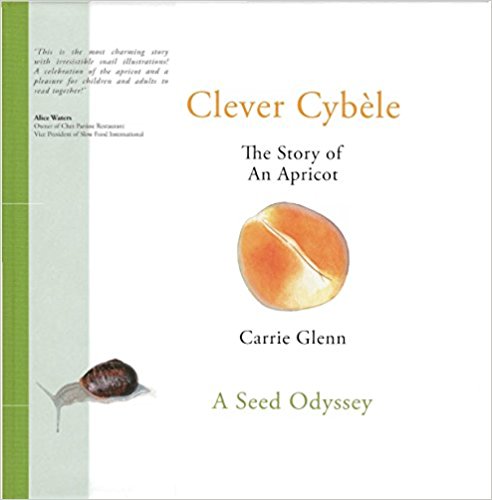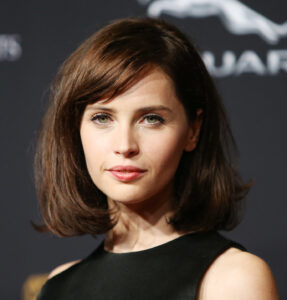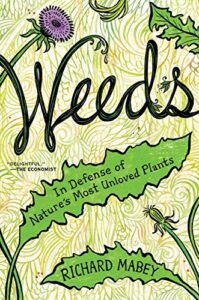Clever Cybèle received a 4+ star review, making it an IndieReader Approved title.
Following find an interview with author Carrie Glenn.
What is the name of the book and when was it published?
Clever Cybèle, The Story of an Apricot, published in 2017
What’s the book’s first line?
“The old apricot tree in the orchard was so old that every year it had less fruit.”
What’s the book about? Give us the “pitch”.
A luscious apricot, fallen from her tree, avoids being eaten or covered in slime by a group of snails who discover her in the tall grass. Horrified at having her beautiful skin spoiled, she convinces the snails that she is special, worthy of adoration, and should be spared. The snails, taken in by Cybèle’s story, circle her nightly, chanting in verse. This is a story that could easily be dramatized for children, with charming verses that are simple to learn.
What inspired you to write the book? A particular person? An event?
The central character, the apricot, was named Cybèle after the new baby of a friend, born in Paris, to commemorate her birth. The myth of Cybele, a Phrygian goddess who was represented by a sacred stone, and worshiped by her followers, gave me the idea of using a stone fruit as my main character. There was an old apricot tree in my garden that had diminishing fruit each year, and every morning the fruit had signs of the presence of snails that left their tracks on the apricots during the night. As I thought about the beauty of the apricots’ skins and the nightly visits of the snails, the story came to life.
What’s the main reason someone should really read this book?
This book is a kind of fable, an apologue, that reflects human nature and is expressed by animal or plant characters. Delightfully told and illustrated, the story follows the circle of life of a stone fruit and reveals the nocturnal ways of snails by way of an amusing and gentle tale. I hope to encourage children to observe nature close at hand, in their back yards, in a garden, or along a roadside.
What’s the most distinctive thing about the main character? Who-real or fictional-would you say the character reminds you of?
Cybèle, the apricot, is not only beautiful and luscious, she is also very clever, with a strong will to defend her beauty and life. However, she ultimately accepts the trajectory of her life gracefully.
If they made your book into a movie, who would you like to see play the main character(s)?
Felicity Jones. It would have to be a very short movie, as this a brief story.
When did you first decide to become an author?
In my early 20’s I had the kernel of an idea for a story and did a series of ink and pastel drawings that I took to Harper’s in New York to get their opinion. It was an interesting time, because they generously took the time to talk to me and encourage me to continue. I never finished the project, as life took another direction. Since I had a degree in painting, it had always been in my mind to pursue painting. I liked writing stories in my teens, and the two inclinations came together after I retired from my first career.
Is this the first book you’ve written?
Yes.
What do you do for work when you’re not writing?
After I retired from my career arranging flowers for Chez Panisse Restaurant in Berkeley, California, I wrote several stories based upon my observations of nature, specifically plants. While working with plants, I was aware of their particular qualities and habits. These days I spend time walking in fields and along roadsides to observing plant nature. I collect specimens to draw, and I take notes on habitats to make sure my characters can be found together in the same spot so the stories will have credibility.
How much time do you generally spend on your writing?
It is intermittent. I have now written eight stories, and I have completed the illustrations for three of them. I have the kernel of a new story and its main character in mind.
What’s the best and the hardest part of being an indie?
The best part is not being beholden to anyone but myself, no cap on the number of words or pages or illustrations. My own ideas and taste drive my stories. The hardest part is getting media attention, letting the public know about a book, and procuring spots to sell a book. The majority of stores only buy from big distributors who do not promote your book. Most newspapers and magazines only review books that are from well-known publishing houses.
What’s a great piece of advice that you can share with fellow indie authors?
It has been oft-repeated: ‘Write what you know.’ I would add, ‘Write what feels true’.
Would you go traditional if a publisher came calling? If so, why?
Maybe sometime in the future. I have begun on a series of books with a theme. They are all about plants and their lives. I wanted them to be art books as well, so I had the first one printed privately by a fine printer. So the others that follow will be the same format and quality of printing, and ultimately could be a boxed set.
Is there something in particular that motivates you?
It is my desire to produce art with stories that are beautifully illustrated and have meaning and truth.
Which writer, living or dead, do you most admire?
Richard Mabey
Which book do you wish you could have written?
Weeds‘, by Richard Mabey, the eminent British nature writer, although it would be impossible for it to emerge from my pen.



